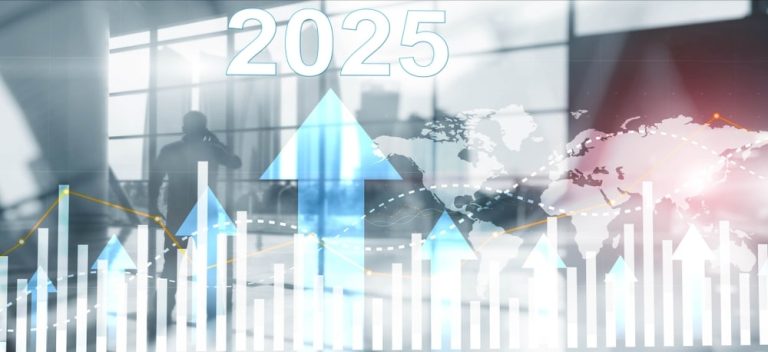CEOs and executives looking to break into the news cycle, take note: it’s about to get harder. Again. We’re in an election year after all. An election year in the Trump era.
The news cycle changed forever when Donald Trump was elected President in 2016. Newsrooms around the world scrambled to get a hold of the new chief executive’s way of doing business, his calling out companies by name, inclination toward looser regulations, and protective global trade policies. Markets were volatile. Stocks moved on a simple tweet. The shift also meant that company news that would have made headlines months before seemed to dissolve into the ether of political rhetoric. There was suddenly a higher bar for stories that were not Washington stories.
With former President Trump running against current President Biden, that bar will remain high and climb even higher the closer we get to November. Economic and market reporting will be executed through the lens of the election and the proposed polices of the next President, whoever it is. And the remaining sliver dedicated to company news will go to the largest, most well-known stocks (with the Magnificent Seven likely leading the way), leaving thousands of other companies with legitimately interesting stories to fight for the scraps.
This is especially the case for broadcast networks which can only cover one story at a time. If companies with news to break or insight to share are to earn a place in this increasingly crowded news cycle, they will have to employ timely and thoughtful “newsjacking.”
What is newsjacking?
If you’re not familiar with the term, it is what it looks like: hijacking the news cycle. It means finding a way to climb on board the news of the day and make it your own. Every day, companies and organizations are presented with opportunities to leverage other stories. The President signs a new executive order that affects a company’s labor force. The latest inflation data show prices of goods in a vital sector are spiking. The Supreme Court makes a significant ruling on a high profile – or even an under-the-radar – case. These are opportunities to weigh in on the news of the day and get into the conversation.
Here are a few key themes that can facilitate newsjacking in the runup to November’s elections. And it all comes down to economics.
- Main Street Economics: Pocketbook issues and matters concerning average Americans are huge in an election year. Candidates on both sides of the aisle will be tripping over themselves to address the issues that matter most to voters, i.e. those that concern their wallets. Tap into this theme by giving insight into how consumers feel, what they’re buying (and not buying), their demand for loans for cars and houses, and their attitudes toward social issues like health care and immigration. This will help provide readers and viewers some perspective around the polls.
- Macro-Economics: Journalists always seek to put the micro data (above) in context of the bigger picture. The rolling parade of data and Federal Reserve decisions present entry points for any company or organization to present its unique view of the economic reality. Be forthcoming in what you or your organization see in the world: where the demand is, spending trends, leading indicators (good or bad), what businesses and consumers are doing and thinking.
- Generational Economics…and Politics: The differing perspectives and economic contributions of voting-age Americans will have a significant influence on this year’s election. Journalists are closely watching the data and characteristics of the different generations, especially leading up to Election Day. Gen Z-ers are of particular interest, since they possess the youngest Americans of voting age and are experiencing high levels of economic distress. Find ways to highlight those generational trends with your data and insight.
Find your newsjacking opportunity and act
When you find your newsjacking opportunity, act on it, and quickly. Proactively post your perspective on social platforms so you can join the conversation and build a record. Share those posts and thoughts with journalists and producers in your networks. And most importantly, be available and responsive to requests as they come in. Journalists operate in minutes, sometimes seconds, but rarely in days when it comes to time-sensitive news. The bar is high and the spots are few for participating in this busy election news cycle — work fast and make the most out of news in your orbit.
Get all the PR best practices you need to get coverage during election year. Download our Guide for Today’s Public Relations.



